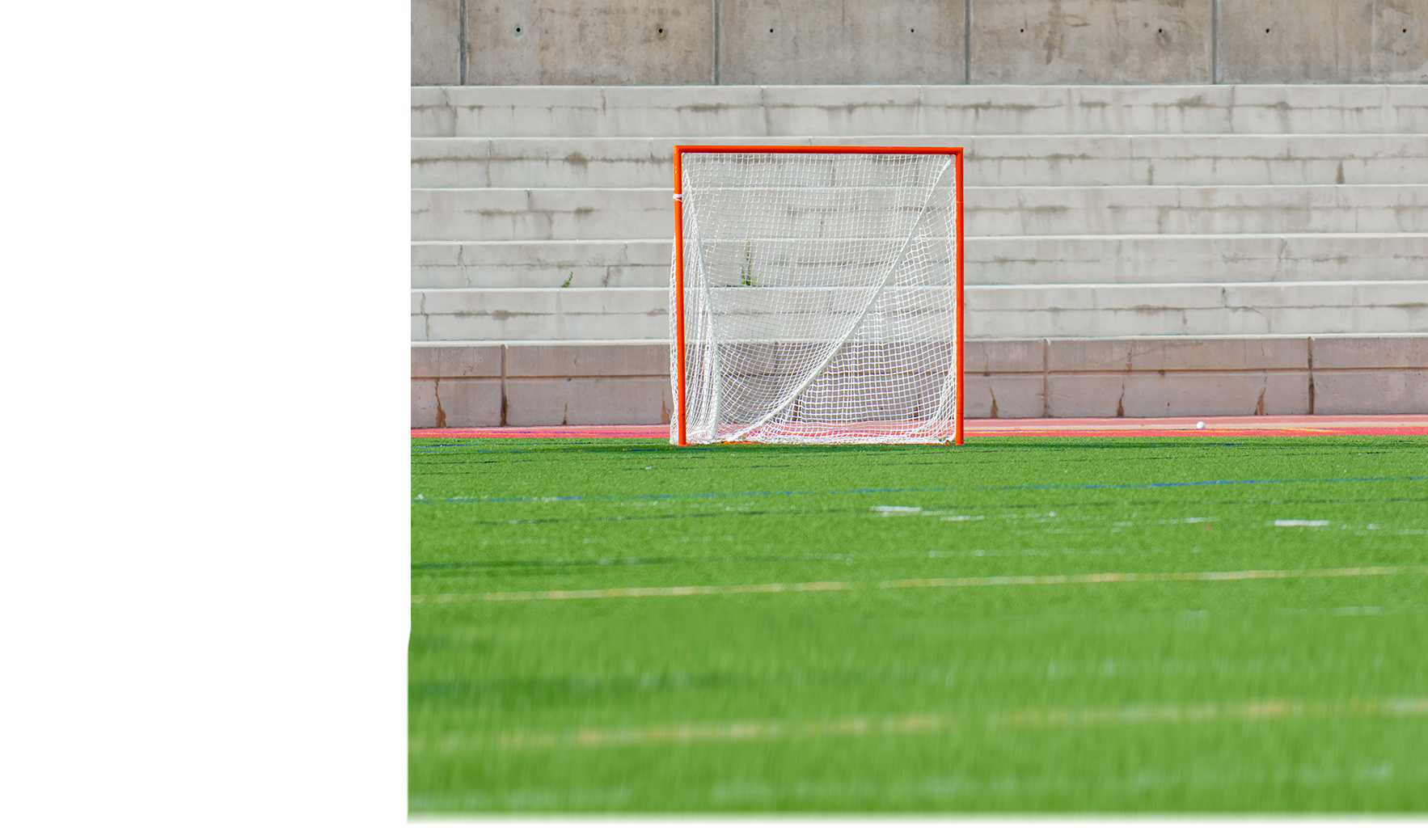Talk to your coaches, teachers, organization, or school about the prevention strategies below and how they might be incorporated into training and policies.
Strength Training and Neuromuscular Training Program
The risk of all lower body injuries may be reduced by up to 50% by regular participation in a balance training exercise program with a resistance training component, such as a neuromuscular training warm-up program. Completing this warm-up program can lower the likelihood of ankle and knee injuries.
Sport Injury Prevention Research Centre Neuromuscular Training
The Sport Injury Prevention Research Centre has developed a neuromuscular training warm-up program that can be adapted to many sports. Incorporating a warm-up program like this one into your training program at least two times per week has been associated with a significant reduction in lower body injuries.
Click here to view poster.
Oslo Sport Trauma Research Centre Neuromuscular Training
Adopt strength training exercises designed to prevent injuries to the shoulder and back. The Oslo Sport Trauma Research Centre has developed exercises that specifically help keep the shoulder strong and reduce the risk of shoulder and back injuries. This resource includes videos and PDFs for download.
Learn more about exercises to help prevent shoulder injuries.
Learn more about exercises to help prevent back injuries.
For more exercises, visit http://fittoplay.org/.
Equipment
The risk of injury can be reduced by the use of properly fitted personal protective devices, such as mouthguards, eyewear, and helmets. Ensure players check equipment regularly for cracks or other signs of damage.
Managing Concussion
While concussions are not the most common injury in lacrosse, it is important to be aware of concussion signs and symptoms and know what to do if concussion is suspected. The Concussion Awareness Training Tool (CATT) is an online resource to learn more about how to recognize, prevent, and manage a concussion. CATT also includes resources on how to respond to a potential concussion situation, as well as detailed Return to School and Return to Sport protocol.
Education
Support the use of warm-up and exercise programs specifically designed to decrease the risk of lower extremity injury. Facilitating a regular pre-season coaches’ workshop can improve understanding and confidence in using these programs. Supporting coaches in identifying and overcoming specific barriers (such as time constraints) can increase the likelihood of widespread adoption.
Facilities
The Ontario Physical Education Association (OPHEA) provides recommendations for safely implementing lacrosse in elementary schools.
Learn more about implementing field lacrosse or inter (soft) lacrosse in elementary schools
Lacrosse Resources
US Lacrosse provides information on:
Sport-related Physicals
Lacrosse is a physically demanding sport and some pre-existing conditions may increase the risk of injury. A sport-related physical evaluation at the beginning of each season ensuring fitness to play can help to reduce risk of injury. KidsHealth provides information about what sports physicals are, why they may be appropriate and where you may go to get them.
Learn more about Kids Health Sports Physicals.






